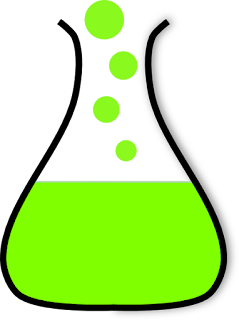Concentration terms
 |
There are a number of ways to express the relative amounts of solute and solvent in a solution. This page describes calculations for four different units used to express concentration:
- Percent Composition (by mass)
- Molarity
- Molality
- Mole Fraction
We can consider percent by mass (or weight percent, as it is sometimes called) in two ways:
- The parts of solute per 100 parts of solution.
- The fraction of a solute in a solution multiplied by 100.
We need two pieces of information to calculate the percent by mass of a solute in a solution:
- The mass of the solute in the solution.
- The mass of the solution.
Molality, m, tells us the number of moles of solute dissolved in exactly one kilogram of solvent. (Note that molality is spelled with two "l"'s and represented by a lower case m.)
We need two pieces of information to calculate the molality of a solute in a solution:
- The moles of solute present in the solution.
- The mass of solvent (in kilograms) in the solution.
Mole Fraction
The mole fraction, X, of a component in a solution is the ratio of the number of moles of that component to the total number of moles of all components in the solution.
To calculate mole fraction, we need to know:
- The number of moles of each component present in the solution.
The mole fraction of A, XA, in a solution consisting of A, B, C, ... is calculated using the equation:
To calculate the mole fraction of B, XB, use:




Comments
Post a Comment